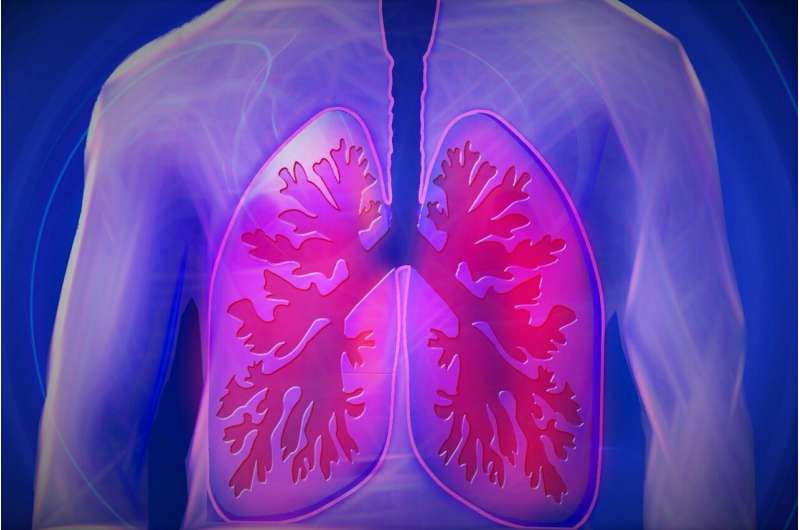Rise of Tusi Use Among NYC Nightclub Attendees: A Growing Concern

Recent research highlights a concerning increase in the use of Tusi, a drug mixture combining ketamine, MDMA, and sometimes other substances, among adults attending electronic dance music nightclubs in New York City. Tusi, also known as "tucibí" or "pink cocaine," has been gaining popularity over the past decade, especially in Latin America and Europe, and now its presence is felt more prominently in the U.S.
A 2024 study published in the journal Addiction estimates that approximately 2.7% of NYC nightclub-goers engaged in Tusi use within the past year. The study involved 1,465 adults who participated through surveys conducted on electronic tablets before entering 124 music events. The findings indicate higher prevalence among Hispanic individuals and those involved with other drug use.
Many users are unaware of what Tusi actually contains. It is often mistaken for psychedelics like 2C drugs or for pure cocaine due to its nicknames. However, Tusi usually contains a combination of ketamine and MDMA, and occasionally cocaine, rather than 2C-series psychedelics. This mixture elevates the risk of adverse and unpredictable effects, especially because it is typically unregulated and its contents can vary significantly.
Dr. Joseph Palamar of NYU Grossman School of Medicine explains that the misidentification of Tusi increases the danger for users, as they may believe they are taking a safer or different substance. Since Tusi is a concoction of multiple drugs, the potential for harmful interactions is higher.
The surge in Tusi's popularity may also be linked to increased availability and reports from countries like Spain, Argentina, Uruguay, Colombia, and Chile, where drug checking programs have documented its contents since 2018. Nonetheless, systematic data on Tusi's composition and prevalence in the U.S. remain limited.
Given these developments, healthcare professionals warn of the rising health risks associated with Tusi. Its unpredictable composition and potent mix of substances call for increased awareness, education, and harm reduction efforts within nightlife communities. Continued research is essential to better understand this emerging drug trend and to develop effective prevention strategies.
Stay Updated with Mia's Feed
Get the latest health & wellness insights delivered straight to your inbox.
Related Articles
Blood Stem Cell Mutations and Their Potential Role in Reducing Alzheimer's Disease Risk
Research reveals that mutations in blood stem cells, particularly in the TET2 gene, may significantly reduce the risk of late-onset Alzheimer's disease by enhancing brain immune responses.
New Research Links Maui and Los Angeles Wildfires to Hidden Health Crises
Emerging research reveals that the health consequences of the Maui and Los Angeles wildfires are far more extensive than immediate damages, leading to increased mortality, respiratory issues, and mental health challenges. The studies highlight the long-term effects of wildfire smoke and environmental disruptions on public health.
AI-Assisted Chest X-ray Enhances Diagnosing Achalasia
A new AI-powered approach utilizing plain chest X-rays offers a non-invasive, accurate method for early diagnosis of achalasia, potentially transforming screening and treatment outcomes.



